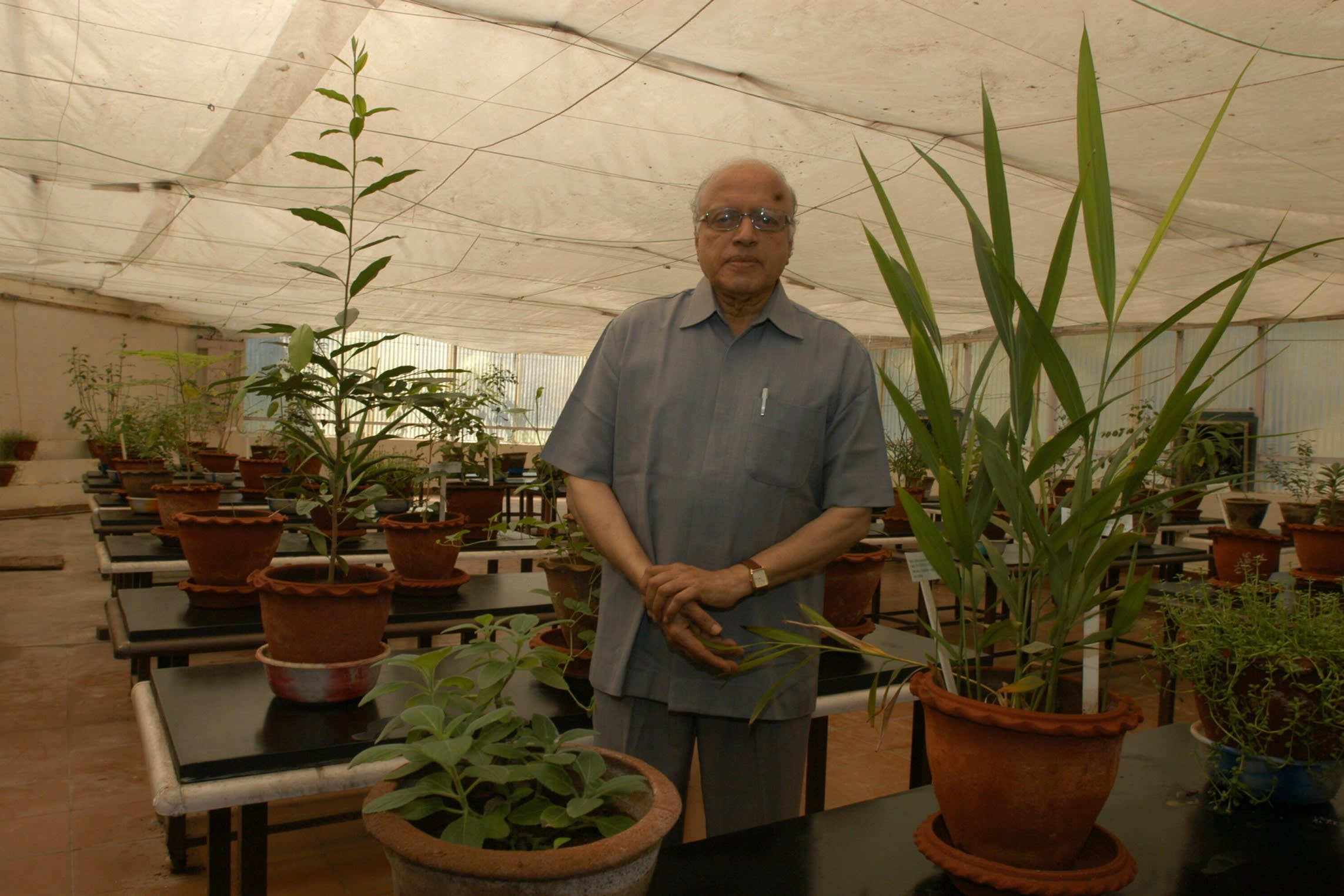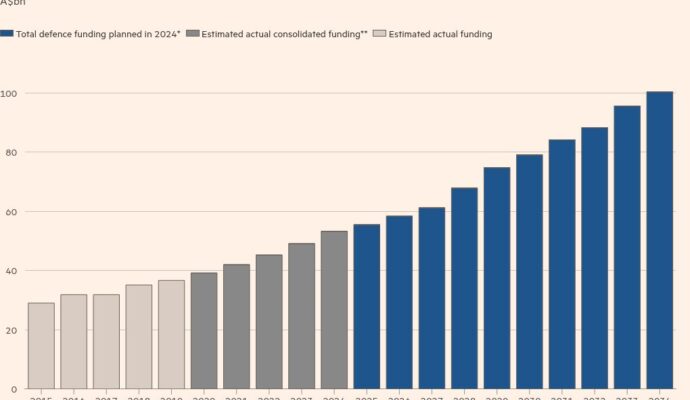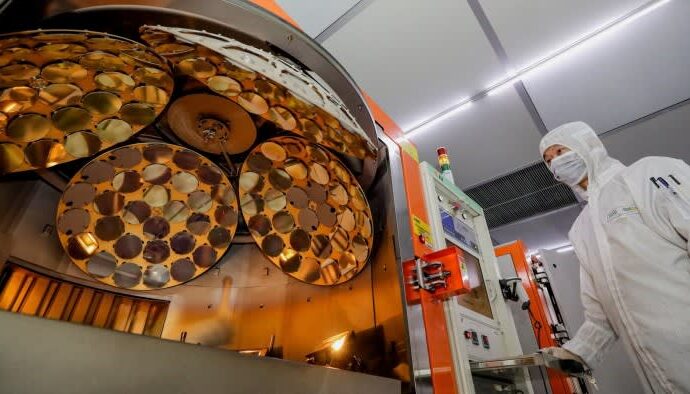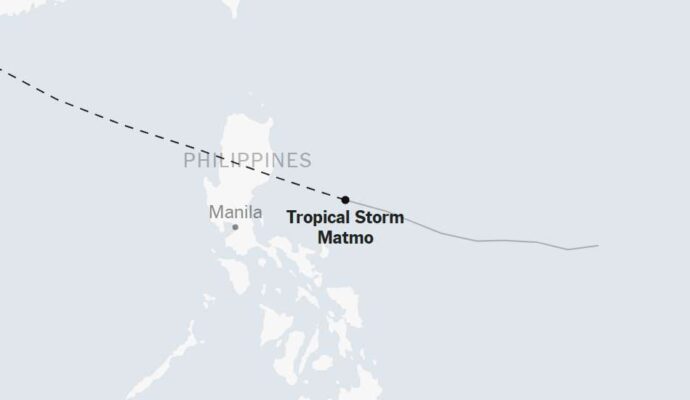Receive free MS Swaminathan updates
We’ll send you a myFT Daily Digest email rounding up the latest MS Swaminathan news every morning.
MS Swaminathan, who has died aged 98, was a university student in Kerala during the devastating Bengal famine of 1942-43. An acute rice shortage caused the deaths of some 3mn people — witnessing the calamity shaped his career. “I decided I would use agricultural research in order to help poor farmers produce more,” he later wrote.
Swaminathan went on to become the chief architect of India’s Green Revolution, which would transform a chronically hungry nation and perpetual ward of foreign donors into one of the world’s largest food producers.
As a geneticist and administrator, he devised and championed new ways to optimise crop productivity by bringing high-yield varieties of wheat and rice seedlings into farmers’ fields. Swaminathan was ahead of his time as an early champion of sustainable farming, and spoke of an “Evergreen Revolution”, which he at one point described as “Green Revolution plus ecology — productivity in perpetuity, not spurts”.
Mankombu Sambasivan Swaminathan was born in Kumbakonam, Madras (today Tamil Nadu) in southern India on August 7 1925. He studied zoology at Maharaja’s college in Trivandrum, but switched to agriculture after taking stock of India’s wartime food shortages and the Bengal famine, which new scholarship suggests was caused by the actions of the British authorities.
In his twenties, Swaminathan travelled overseas on a Unesco fellowship, first researching plant engineering in the Netherlands, then completing a doctorate at Cambridge university. He completed his postdoctoral research at the University of Wisconsin, where he met Norman Borlaug, the US agronomist and Green Revolution proponent who won the 1970 Nobel Prize for his work on global food supply.

Back in India, Swaminathan experimented with creating new strains of rice with higher yields at the Central Rice Research Institute in the eastern state of Orissa (today Odisha). In its post-independence years, the country was suffering from small-scale famines and depended on foreign aid — what Swaminathan and others called a “ship-to-mouth existence”.
The global discourse around the nation’s farming-dependent economy was focused largely on zero-sum, Malthusian trade-offs between population growth and food scarcity. The international community viewed India’s hunger as a matter of global triage, sensationalised in books such as Famine 1975! America’s decision: Who will survive?.
Swaminathan began a collaboration with Borlaug, importing seeds for a semi-dwarf wheat variety, which was higher yielding than that under cultivation in India and responded well to irrigation and fertiliser. The crop was then rolled out across a network of model farms. Borlaug later credited Swaminathan with recognising the potential value of Mexican dwarf wheat. “Had this not occurred, it is quite possible that there would not have been a Green Revolution in Asia,” the US agronomist wrote to him, upon receiving the Nobel.
In the 1970s Indira Gandhi, then prime minister, gave Swaminathan senior roles in government, with a mandate to reform agriculture. By the next decade, India’s food production growth was exceeding that of its population.
Swaminathan’s achievements built his renown abroad, and he took advisory roles in international organisations, serving from 1982 as the first Asian director-general of the International Rice Research Institute in Manila. In the 1990s, he researched genetically modified varieties of rice and other crops that would be more tolerant to salt water. Between 2002 and 2005, he co-chaired the UN Millennium Project on hunger. He served as a voice of conscience, speaking in one 1983 address about an “unequal and paradoxical world” where some 500mn Asians lived in absolute poverty and went to bed hungry.
Today, thanks in part to Swaminathan’s efforts, Indian farming produces surpluses. But hunger and rural poverty remain problems. While Indian agriculture is productive, it is rarely sustainable. Commercial farms in the country’s north are efficient, but they struggle with many of the ills that Swaminathan foresaw, including land and water salinisation and the overuse of pesticides in intensively farmed regions.
“We have the paradox of being one of the very dynamic agricultural countries in the world,” he told an Indian interviewer in 2004. “At the same time, we have the unenviable reputation of having the largest number of undernourished children, women and men.”


